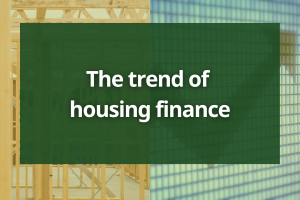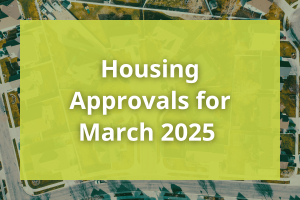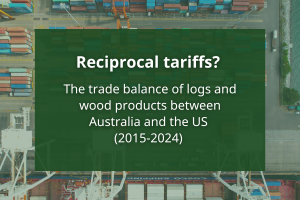If you are going to stay awake at night worrying, it ought to be over big issues. Right now, the potent intertwining of dwelling approvals (softening), house prices (tumbling) and wages (stagnating) make for sweaty nights no matter the temperature. Good news is that the solutions appear to be just as intertwined, meaning that any pull on the right lever will assist all elements, to varying degrees, simultaneously. Well, that’s the theory…
In an inter-related world, we have to start somewhere, so we will commence with dwelling approvals.
It is no secret that dwelling approvals are softening as the green line on the chart below shows. In aggregate, approvals were down 5.5% over 2018 to 210,772 dwellings.
But, as Statistics Count continues to articulate, what matters most is what types of houses which are being built.

To go straight to the dashboard and take a closer look at the data, click here.
The red line in the chart above shows year-end approvals of free-standing dwellings (Houses). It seems a well kept secret, but to be clear, even though they are now softening, approvals of free-standing dwellings rose 0.3% over 2018, reaching 119,061 separate house approvals.
As can be seen below, the comforting stability in house approvals has to be compared with the rapid decline in approvals of other housing formats.

To go straight to the dashboard and take a closer look at the data, click here.
The table provides the details that show all of the multi-dwelling formats suffered over 2018, underscoring the primacy of free-standing dwellings in the Australian housing economy.
| 2017 | 2018 | % Change | |
| Houses | 118,654 | 119,061 | 0.3% |
| Semi-Detached, 1 Storey | 10,717 | 8,203 | -23.5% |
| Semi-Detached, 2 Storey | 26,405 | 25,126 | -4.8% |
| Flats 1 or 2 Storey | 2,034 | 1,599 | -21.4% |
| Flats 3 Storey | 4,347 | 3,193 | -26.5% |
| Flats 4 Storey | 60,805 | 53,590 | -11.9% |
So, dwelling approvals are in decline, with houses holding up comparatively well, but other formats are stumbling.
What about falling house prices that are subject to much current debate in Australia?
Reporting to the House of Representatives Economics Committee, the Governor of the Reserve Bank of Australia, Dr Philip Lowe downplayed the significance of falling house prices, suggesting they were as predictable as the original price rises.
The RBA attributes the bulk of the last decade’s price rises to a rapidly growing population that was not matched by a symmetrical growth in housing supply. Dr Lowe indicated to the Committee the evidence did not show significant housing over-supply, saying:
“I don’t see signs of widespread overbuilding of dwellings in this country.
“This adjustment in the housing market is not expected to derail the economy.
“It will put our housing markets on more sustainable footings and allow more people to purchase their own home. So there is a positive side too.”
If we play that forward then, more households being formed will hasten the next upswing in dwelling approvals because any over-supply will be soaked up relatively more quickly.
But – and Dr Lowe made this plain to the MPs at the House of Representatives Economics Committee – stagnant wages growth and household incomes are a much bigger threat to the domestic economy.



